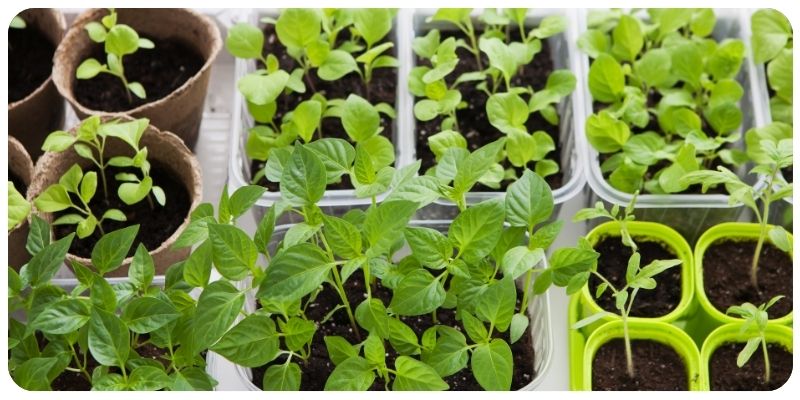
The Best Vegetables to Grow Indoors
Growing vegetables indoors is a great way to enjoy fresh produce year-round, even if you don’t have a garden. Many vegetables can thrive indoors with the right lighting, care, and environment. In this guide, we’ll explore the best vegetables to grow indoors and tips for ensuring a successful indoor vegetable garden.
1. Benefits of Growing Vegetables Indoors
Indoor vegetable gardening offers many advantages, from having access to fresh vegetables all year to controlling the growing environment. Here are some of the key benefits:
- Year-Round Harvest: You can grow and harvest vegetables regardless of the weather outside.
- Pest Control: Growing indoors reduces the risk of common garden pests and diseases.
- Space-Saving: Indoor gardening is perfect for those with limited outdoor space. Vertical gardening and container gardening can help maximize small areas.
- Controlled Environment: You have greater control over the temperature, humidity, and light, which can help plants grow better.
2. Best Vegetables to Grow Indoors
Not all vegetables are suitable for indoor growing, but many thrive in the right conditions. Below are some of the best vegetables to grow indoors:
1. Leafy Greens (Spinach, Lettuce, Kale)
Leafy greens are some of the easiest vegetables to grow indoors. They don’t require too much space and can thrive in containers. Spinach, lettuce, and kale all do well in indirect sunlight and can be harvested multiple times throughout their growing cycle.
2. Tomatoes
Tomatoes can be grown indoors, especially dwarf or cherry varieties. These plants require plenty of sunlight, so placing them near a sunny window or using grow lights is essential. Tomatoes need deep containers and should be supported with stakes or cages as they grow.
3. Peppers
Peppers, particularly smaller varieties like bell peppers or chili peppers, are great for indoor gardening. They thrive in warm environments with plenty of light. With the right care, you can enjoy fresh peppers throughout the year.
4. Carrots
Carrots can be grown indoors as long as you choose a deep container to allow the roots to grow. Varieties like baby carrots or round carrots are best suited for indoor growth. Carrots require loose, well-draining soil and adequate moisture.
5. Herbs (Basil, Mint, Cilantro)
Herbs are technically not vegetables, but they are often included in indoor vegetable gardens. Basil, mint, and cilantro are perfect for growing indoors and can be harvested frequently. They require indirect sunlight and can be grown on a windowsill or kitchen counter.
6. Radishes
Radishes are fast-growing vegetables that can be harvested in as little as three to four weeks. They require shallow containers and grow well in indirect sunlight. Radishes are perfect for beginner indoor gardeners due to their quick growth cycle.
3. Tips for Successful Indoor Vegetable Gardening
To ensure your indoor vegetable garden thrives, here are some key tips to follow:
1. Provide Adequate Light
Most vegetables require at least 6-8 hours of sunlight per day. If natural light is limited, consider using grow lights to supplement the light. LED grow lights are energy-efficient and provide the full spectrum of light that plants need for growth.
2. Use the Right Containers
Choose containers with proper drainage to prevent waterlogged roots. Make sure the container is deep enough to accommodate the plant’s root system, especially for root vegetables like carrots and radishes.
3. Water Properly
Overwatering is a common issue with indoor plants. Check the soil moisture regularly and water only when the top inch of soil feels dry. Be sure to use containers with drainage holes to prevent excess water from accumulating.
4. Fertilize Regularly
Indoor vegetables benefit from regular feeding. Use a balanced liquid fertilizer every 2-4 weeks to provide the nutrients your plants need to thrive.
5. Maintain Proper Humidity
Indoor environments can sometimes be too dry for vegetables. If your home has low humidity, consider using a humidifier or misting your plants to maintain adequate moisture levels in the air.
Conclusion
Growing vegetables indoors is a rewarding and practical way to enjoy fresh produce year-round. By selecting the right vegetables, providing proper care, and ensuring adequate light and water, you can create a thriving indoor vegetable garden that will supply you with healthy, delicious vegetables no matter the season.